Theresienstadt ghetto-labor camp scrip, 100 kronen note
Barbara Sadagopan was born in Berlin, Germany, in 1923, to a Jewish mother and a Catholic father, the graphic artist, Helmut Krommer. The family was persecuted becasue her mother was Jewish. In 1933, they were forced to flee the Kunstlerkolonie in Berlin and find refuge in Czechoslovakia. When Germany annexed Prague in March 1939, the family fled to Yugoslavia because Helmet's anti-Nazi activities put him on the Gestapo's wanted list. Barbara, her sisters, and her mother were able to obtain visas and immigrate to England. Barbara spent the war years in England and immigrated to the United States in 1948. Her uncle, Arnold Weisz, apparently died at Sachsenhausen. No restrictions on access Scrip, valued at 100 kronen, issued in the Theresienstadt (Terezin) ghetto-labor camp in 1943. All currency was confiscated from deportees upon entry and replaced with scrip and ration coupons that could be exchanged only in the camp. The Theresienstadt camp existed for 3.5 years, from November 24, 1941 to May 9, 1945. It was located in a region of Czechoslovakia occupied by Germany, renamed the Protectorate of Bohemia and Moravia, and made part of the Greater German Reich.
- EHRI
- Archief
- us-005578-irn4374
- Exchange Media
- Concentration camp inmates--Czech Republic--Terezín (Severocesky kraj)
Bij bronnen vindt u soms teksten met termen die we tegenwoordig niet meer zouden gebruiken, omdat ze als kwetsend of uitsluitend worden ervaren.Lees meer





